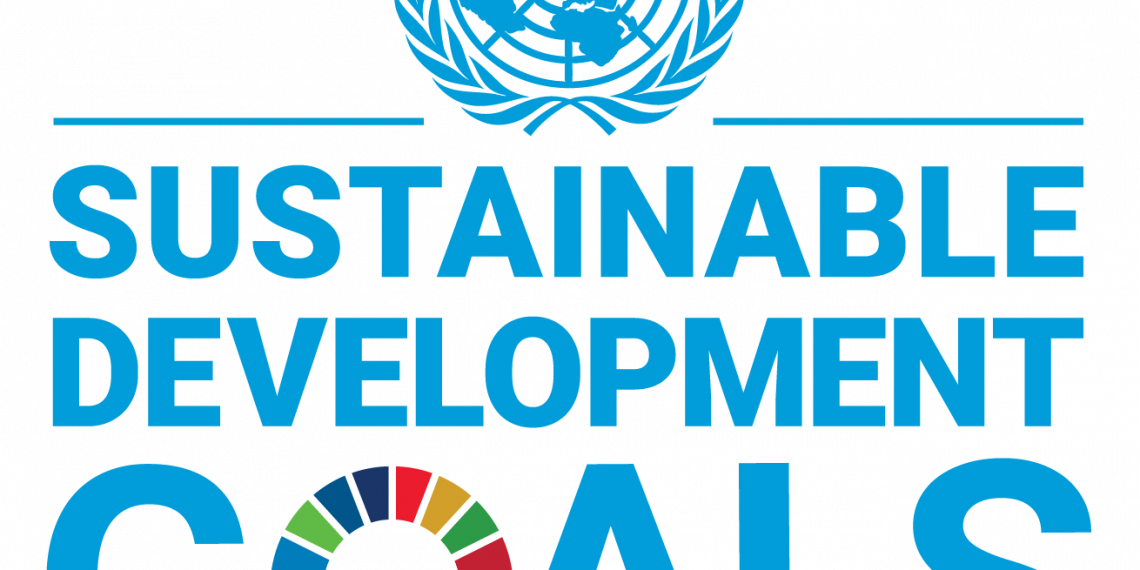The Sustainable Development Goals’ globally-agreed framework of 232 indicators allows everyone— governments, researchers, civil society, business and beyond—to keep track of how our countries are progressing towards environmental, social and economic sustainability.
A new UNECE Dashboard for SDGs, launched ahead of the Regional Forum on Sustainable Development for the UNECE Region, brings together available data for its 56 member countries, providing for the first time a regional perspective on the global indicators.
With data for 80 regionally-relevant indicators across all 17 goals, users can see snapshots of where countries stand for each indicator, view differences between women and men; create graphs and maps; compare countries; access definitions and explanations; and download full datasets for more in-depth analysis.
UNECE Executive Secretary Olga Algayerova emphasized that “Countries from across the UNECE region have made clear the need to enhance monitoring of 2030 Agenda progress – a crucial foundation for the transformative policies needed for the Decade of Action to deliver the SDGs. UNECE’s Dashboard for SDGs offers a tool to support these efforts. But the availability of data remains a significant challenge. UNECE will continue to advance statistical cooperation in the region, mobilizing expertise and building countries’ capacities to help address key gaps”.
Data gaps remain key challenge
SDG indicators can tell us a good deal about progress and challenges across a range of issues, but we still have a long way to go to get the full picture: much of the information we need to guide and evaluate policies is absent, incomplete or of questionable quality.
The major gap is data disaggregation: the 2030 Agenda’s vision to “leave no-one behind” requires all relevant indicators to be broken down by sex, age, ethnicity, for indigenous groups, migratory status, disability status, etc. For that to be possible, a massive increase in data collection is required. To date, the only disaggregation offered in the UNECE dashboard is by sex, where possible with the currently-available data.
Global indicators are classified by an inter-agency group into three tiers, according to the extent to which there are internationally-agreed concepts and methodology, combined with actual data availability. Since the adoption of the global framework, this has helped focus international efforts where they are most needed, for developing methodology and international standards and targeting capacity development in countries to help them improve their data collection and processing.



